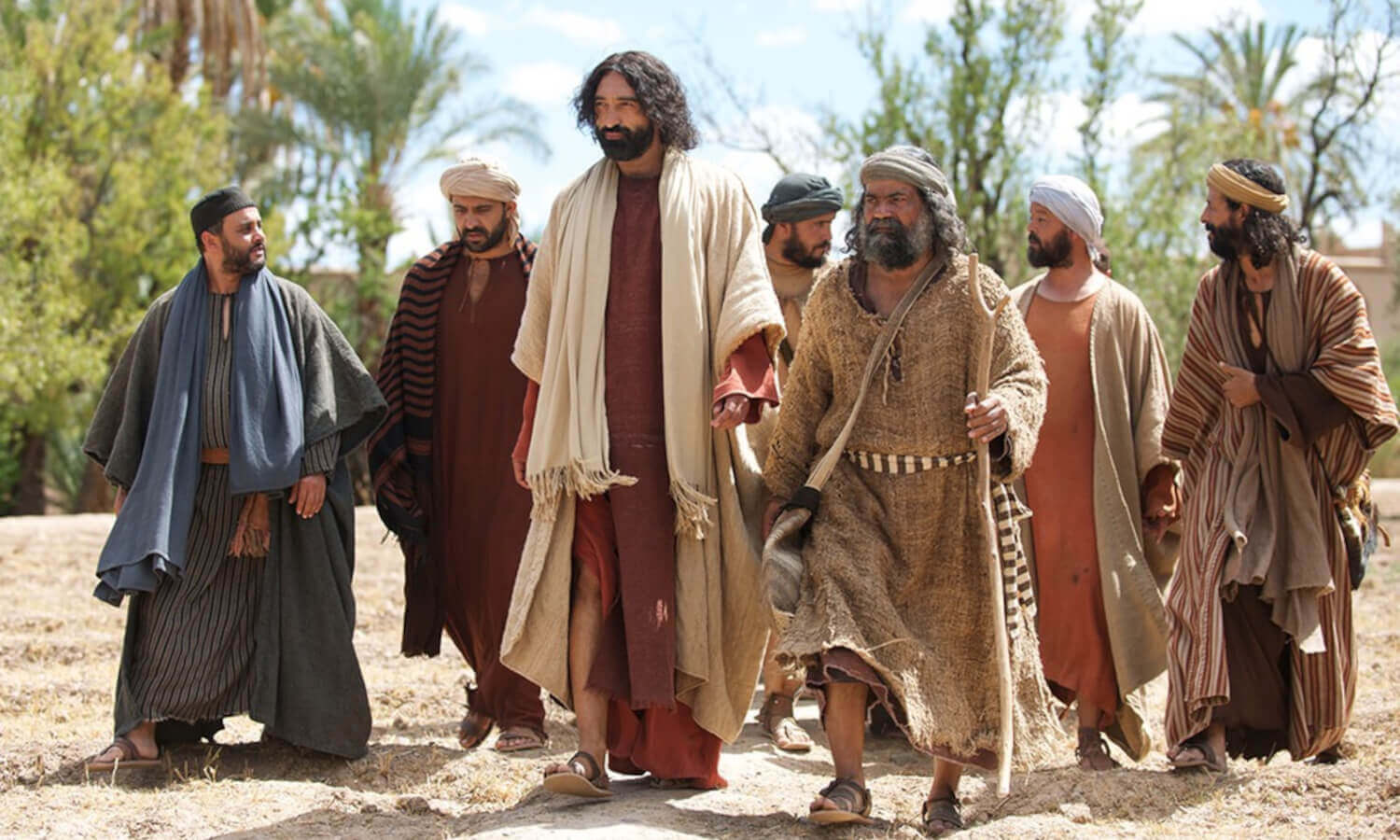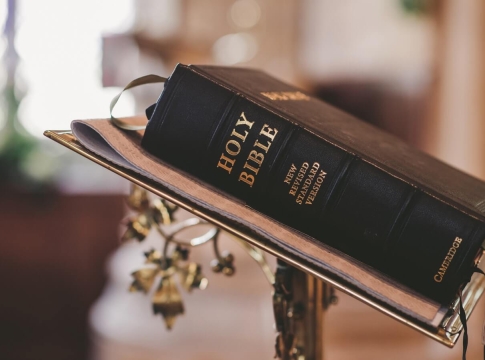
Jesus had a following of disciples during His earthly career, just like many other religious or intellectual leaders did. Of these disciples, twelve held a particular rank. They were named apostles by Jesus, a title that means “sent ones.”
“And He [=Jesus] went up on the mountain and called to Him those whom He desired, and they came to Him,” says Mark 3:13–14 (with a parallel in Luke 6:13–16). And in order for them to accompany Him and be sent forth to preach, He appointed twelve—whom He also called apostles.
They followed Jesus everywhere He went, heard his teachings, witnessed his miracles, and were present for his crucifixion and resurrection. They were similar to an inner circle of disciples.
One of these disciples betrayed Jesus at the conclusion of his life (John 6:64; 6:71). The name of this man was Judas Iscariot. Subsequently, we learn that Judas was replaced by another apostle, and that there were once again twelve apostles (Acts 1:21-26). What made Jesus select precisely twelve men, though?
Some numbers have symbolic meaning
Certain numbers have particular meanings in the Bible. For example, [the number seven] denotes fullness. Additionally frequent is the number 40, which appears to be particularly associated with times of trial or testing. Before God designated Moses as the leader of Israel, Moses spent 40 years in Egypt and another 40 years in the desert. Later, he spent 40 days (twice) on Mount Sinai receiving God’s rules. Israel’s people were forced to live in the desert for forty years. The number 40 was utilized by several prophets. For forty days, Jesus was put to the test in the desert, and so on.
Similarly, the number twelve has a unique symbolic significance. It has a tight relationship to the Israelites, who were God’s chosen people.
Twelve tribes
Jacob, the ancestor of Israel, had twelve sons—four of them by women. They rose to become the [twelve tribes of Israel’s] “heads.”
Jacob’s sons were now twelve years old. Reuben (Jacob’s firstborn), Simeon, Levi, Judah, Issachar, and Zebulun are the sons of Leah. Benjamin and Joseph, Rachel’s sons. Dan and Naphtali, the sons of Rachel’s servant Bilhah. Gad and Asher are the sons of Zilpah, the servant of Leah. Born at Paddan-aram, these were Jacob’s sons (Genesis 35:22–26; see also 1 Chronicles 2:1).
Given that Manasseh and Ephraim, two of Joseph’s sons, are each considered to be a distinct tribe, Joseph holds a special place in the family. The Israelites are still referred to as “the twelve tribes” even though this raises the actual amount to thirteen. (Actually, this is accurate when discussing their territories because the tribe of Levi, being priests, lacked a separate region.)
The number twelve represents the people of Israel
The construction of altars (Exodus 24:4; 1 Kings 18:30–32), monuments (Joshua 4:8–9), the high priest’s garments (Exodus 28:9–12; 28:21), the twelve loaves of bread delivered before the Lord (Leviticus 24:5–6), and other instances all serve as symbolic representations of those twelve tribes.
The Israelites were likewise arranged and represented politically based on their tribes. Around 600 BC, the people were exiled, and most of their tribal structure was lost. Later on, some individuals made their way back to their native land, although this was just a remnant. In the New World, when the Son of Man will sit on His glorious throne, you who have followed Me will also sit on twelve thrones, judging the twelve tribes of Israel. This is how Jesus refers to “the twelve tribes of Israel” when discussing the glorious future of his Kingdom (Matthew 19:28, also see Luke 22:30).
The twelve apostles are symbolic for the new Israel
Jesus begins by appointing twelve apostles who will serve as the cornerstone of a new, restored Israel as He calls forth a new people for Himself, made up of both Jewish and non-Jewish believers. Later on, these twelve men were to become church leaders and take the Gospel to every country. In Revelation 21:10–14, the apostle John describes a vision of [the new Jerusalem], mentioning the relationship between Israel’s twelve tribes and the twelve apostles.
“Then came one of the seven angels […] saying, Come, I will show you the Bride, the wife of the Lamb. And he carried me away in the Spirit to a great, high mountain, and showed me the holy city Jerusalem coming down out of heaven from God, having the glory of God, its radiance like a most rare jewel, like a jasper, clear as crystal. It had a great, high wall, with twelve gates, and at the gates twelve angels, and on the gates the names of the twelve tribes of the sons of Israel were inscribed – on the east three gates, on the north three gates, on the south three gates, and on the west three gates. And the wall of the city had twelve foundations, and on them were the twelve names of the twelve apostles of the Lamb” (Revelation 21:9-14).
In God’s kingdom, there is a significant role for both the twelve apostles (who represent the church) and the twelve tribes (who represent the people of Israel).
The ‘old’ and the ‘new’ Israel
The final amazing fact about the number twelve is that God will use its multiples in the future.
Around Jesus Christ’s throne, John sees 24 elders seated on 24 thrones (Revelation 4:4). This could serve as an example of how “the old Israel” and “the new Israel” coexist there. John adds that the number of redeemed individuals he sees in his vision is 144,000, or 12 x 12 x 1000 (Revelation 14:1). This, in my opinion, represents what Jesus promised in John 10:16: Furthermore, I own sheep that are not part of this fold. They will hear My voice, so I must bring them too. Thus, there will only be one shepherd and one flock.





